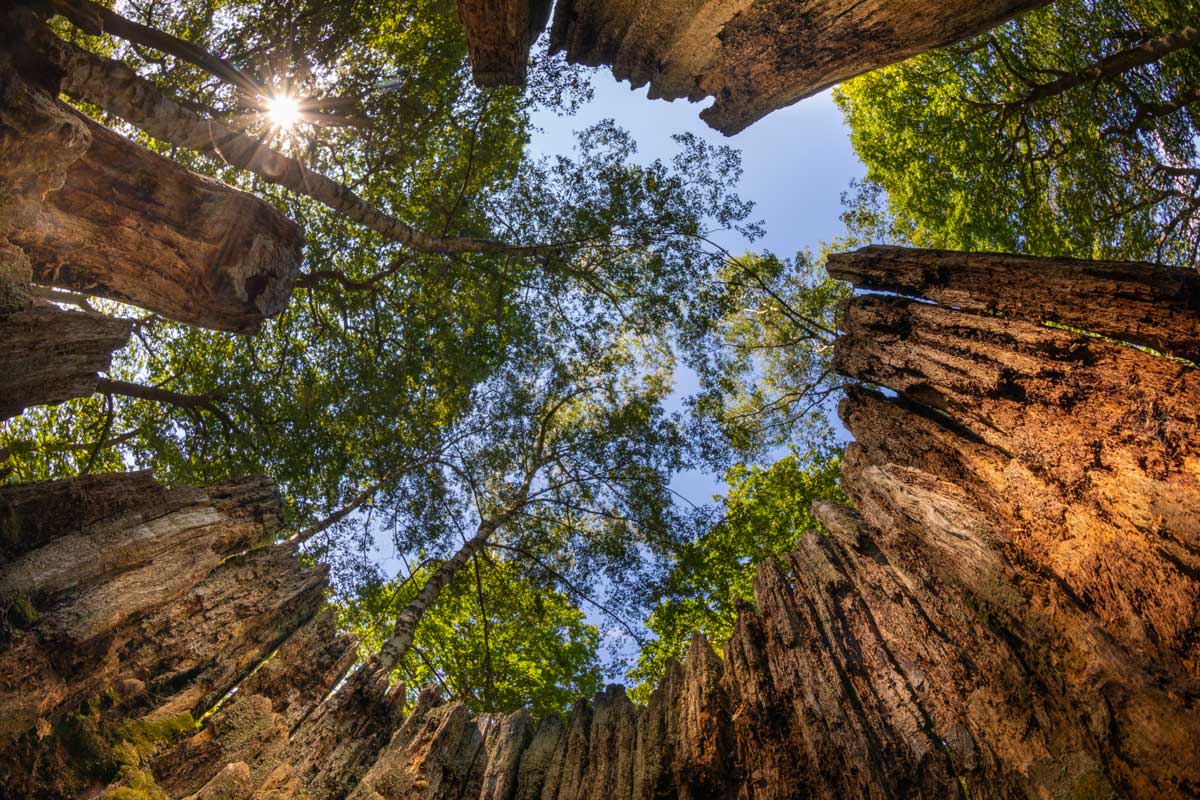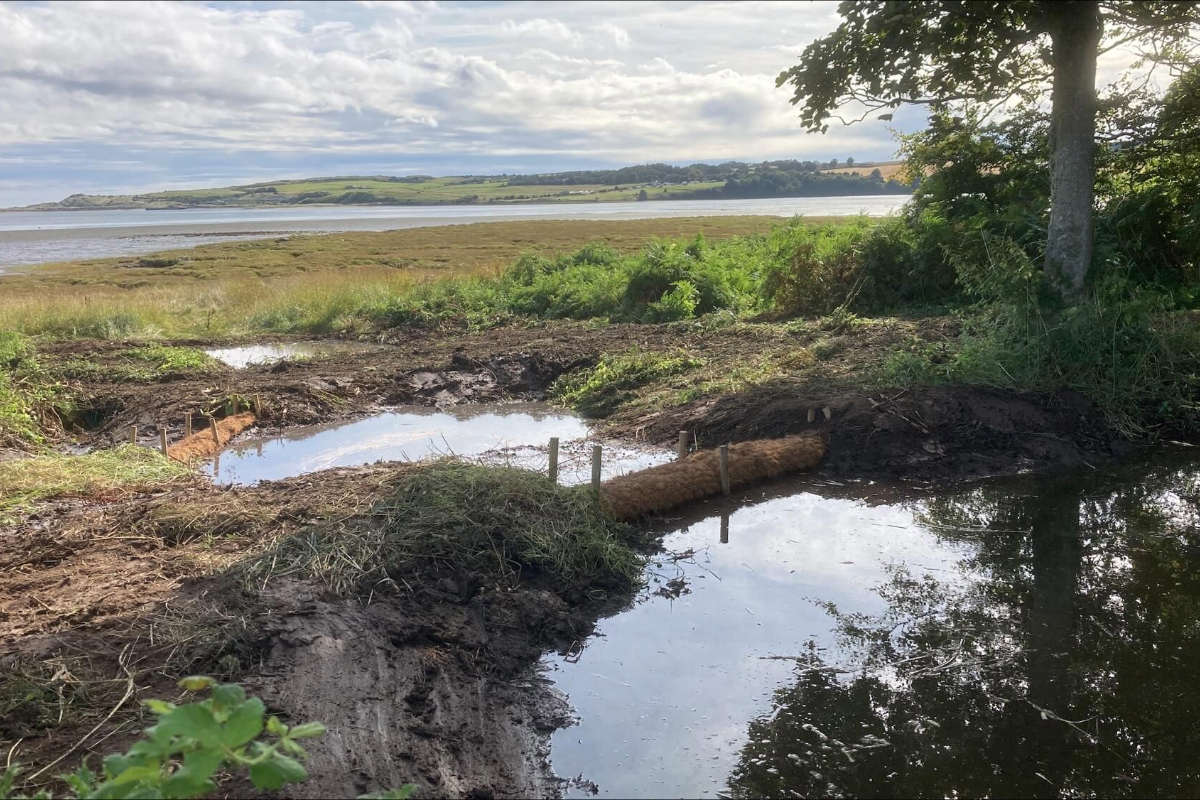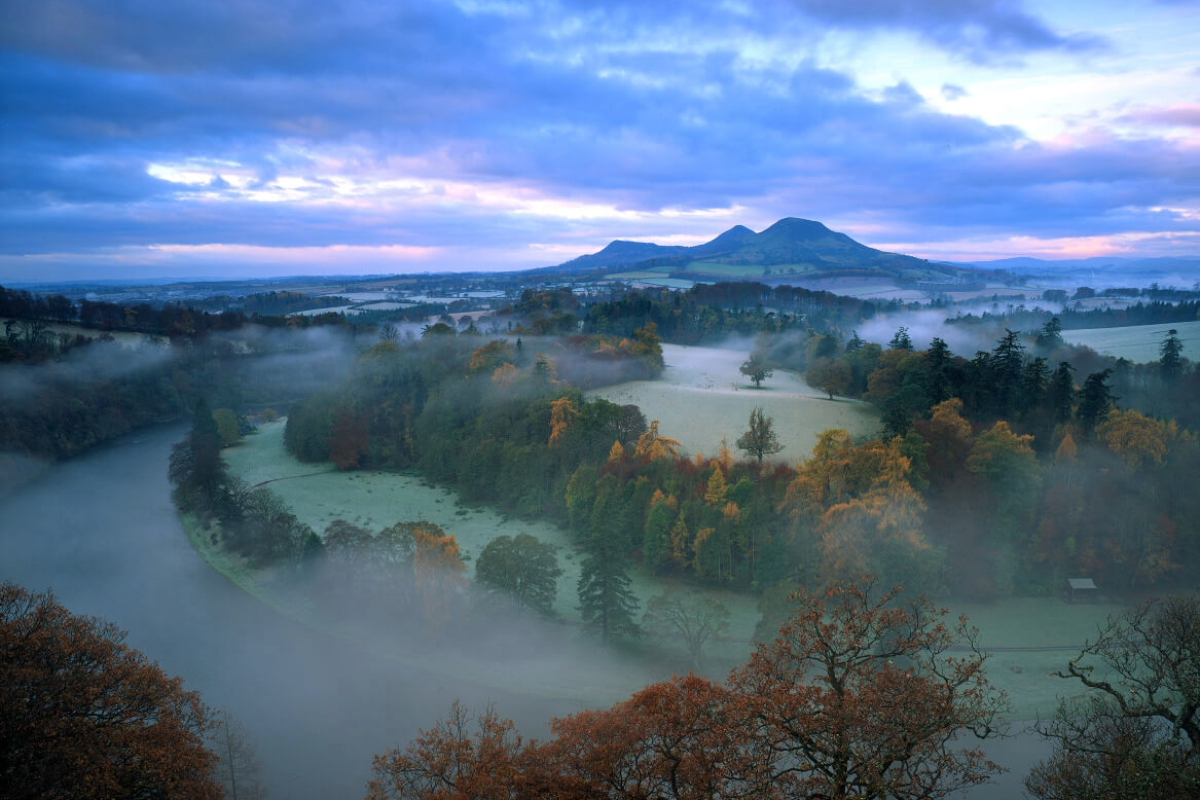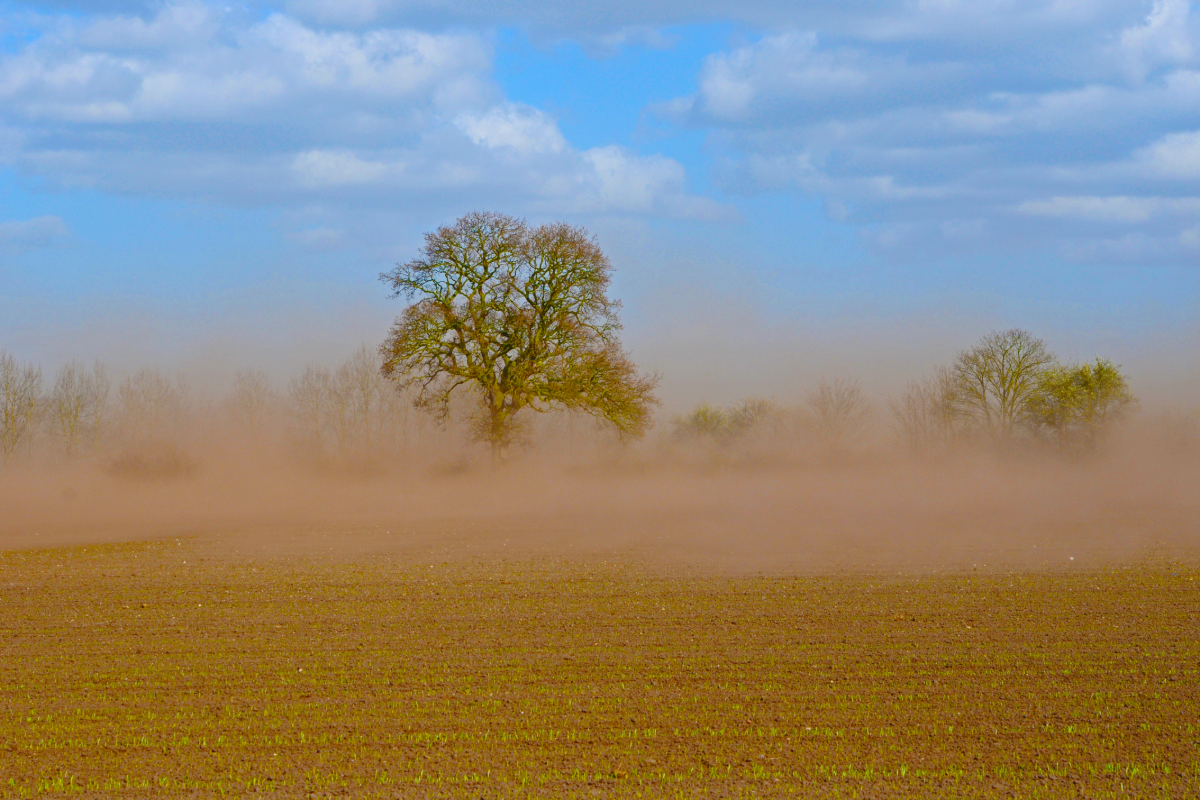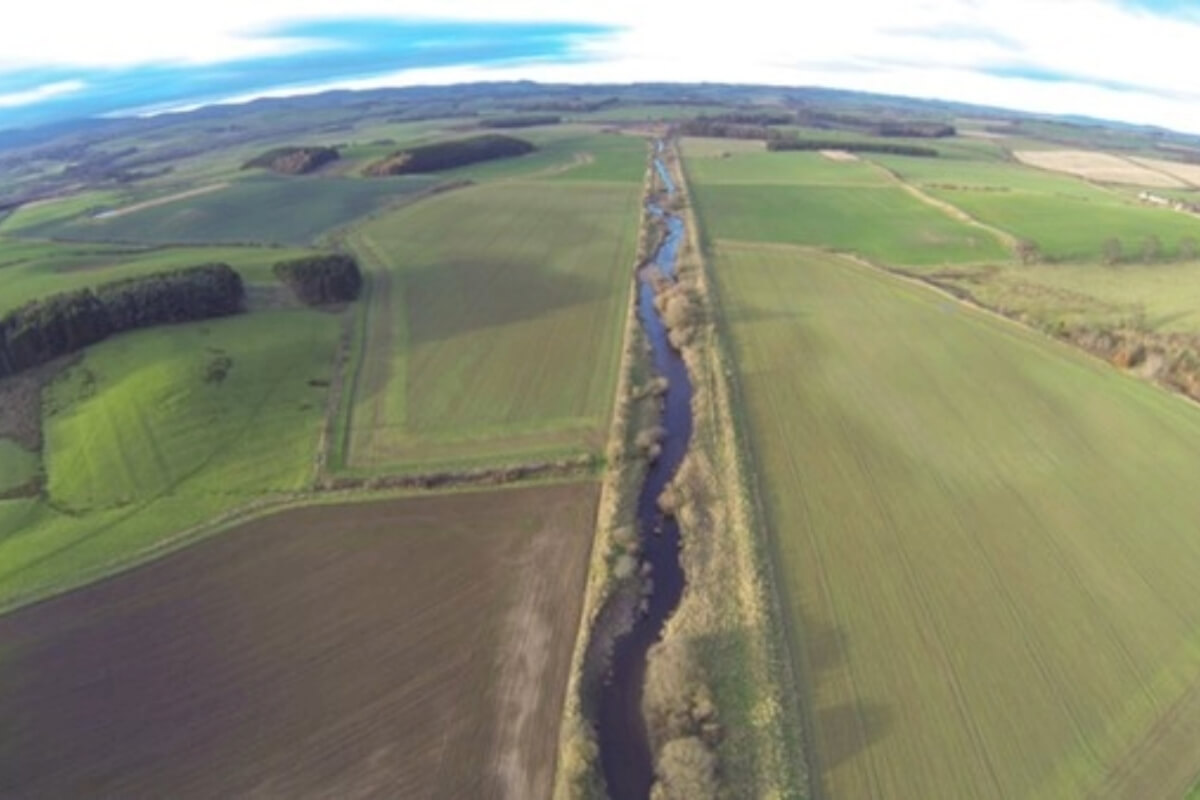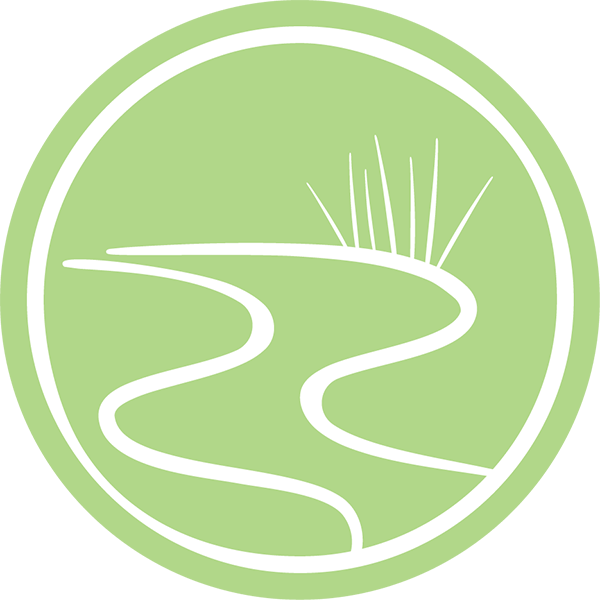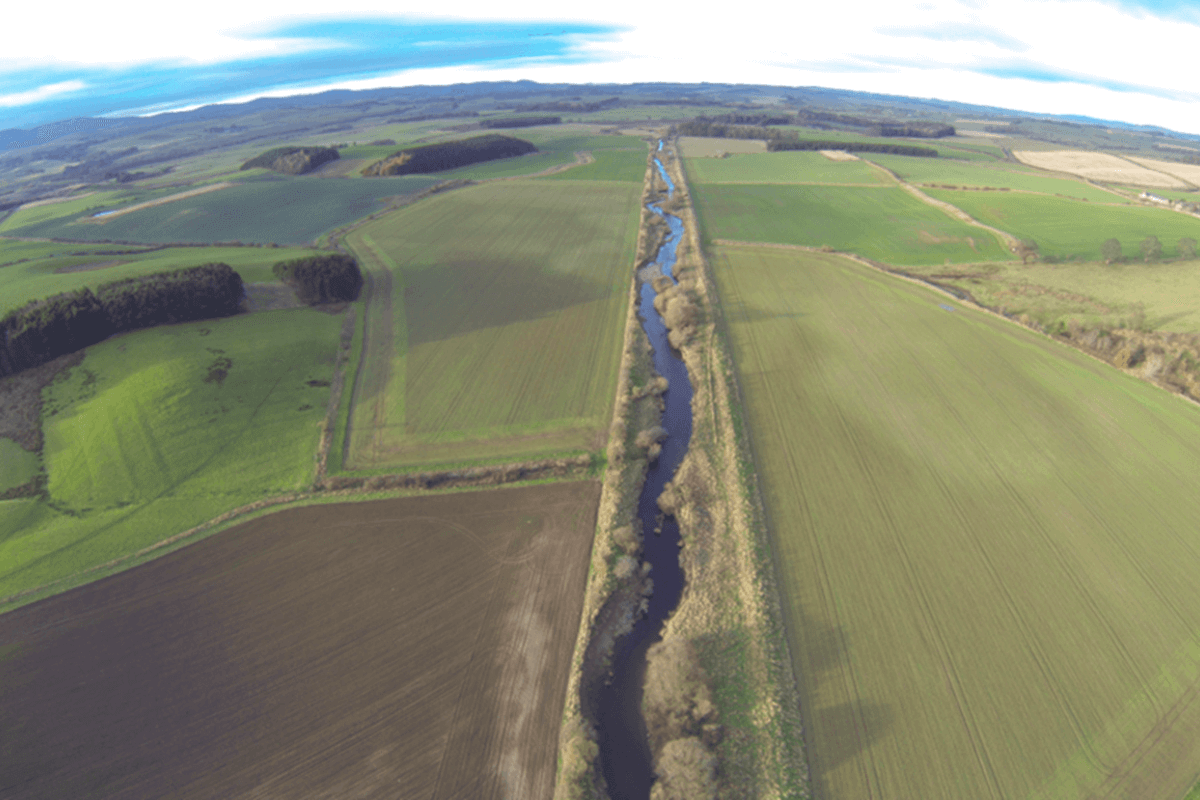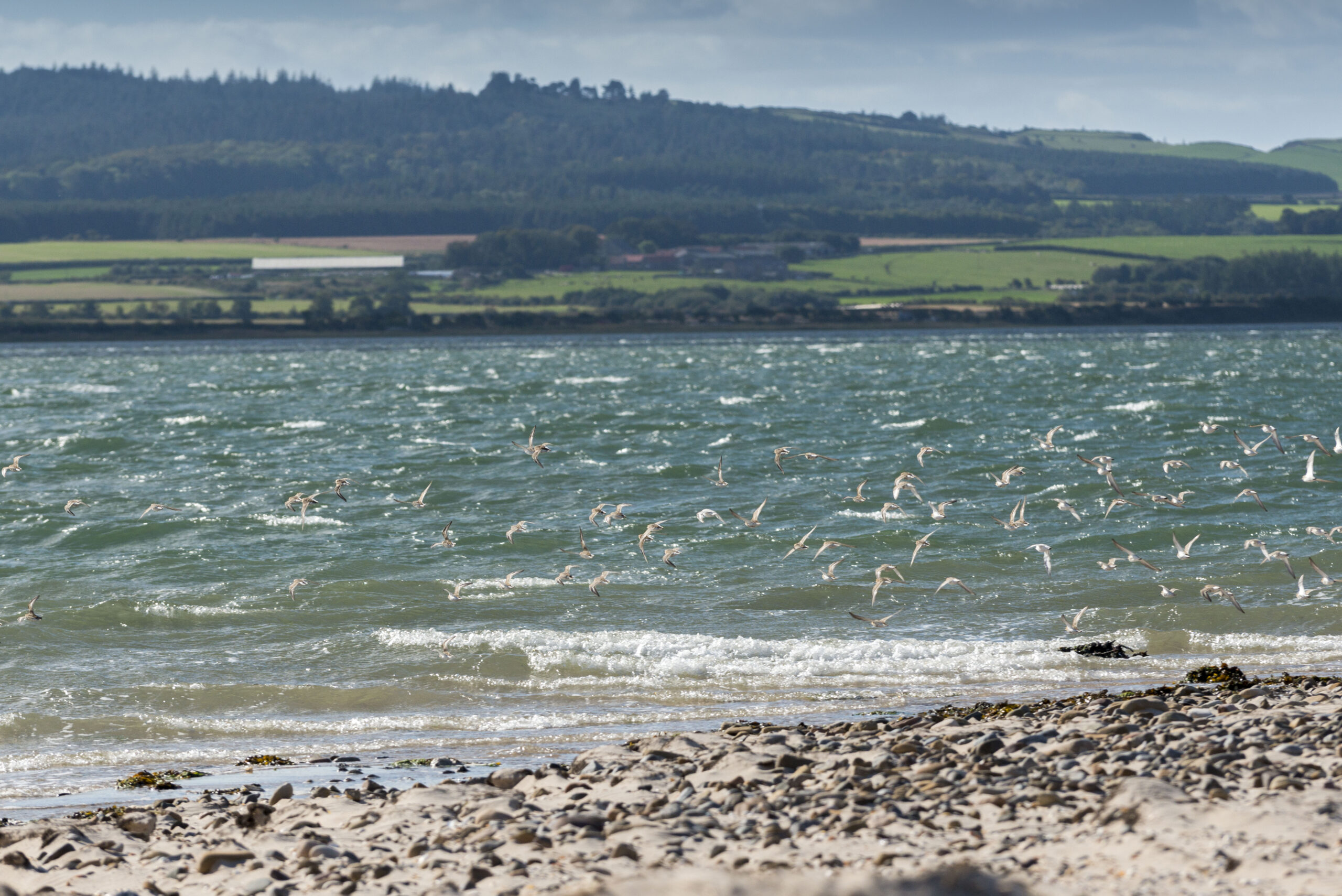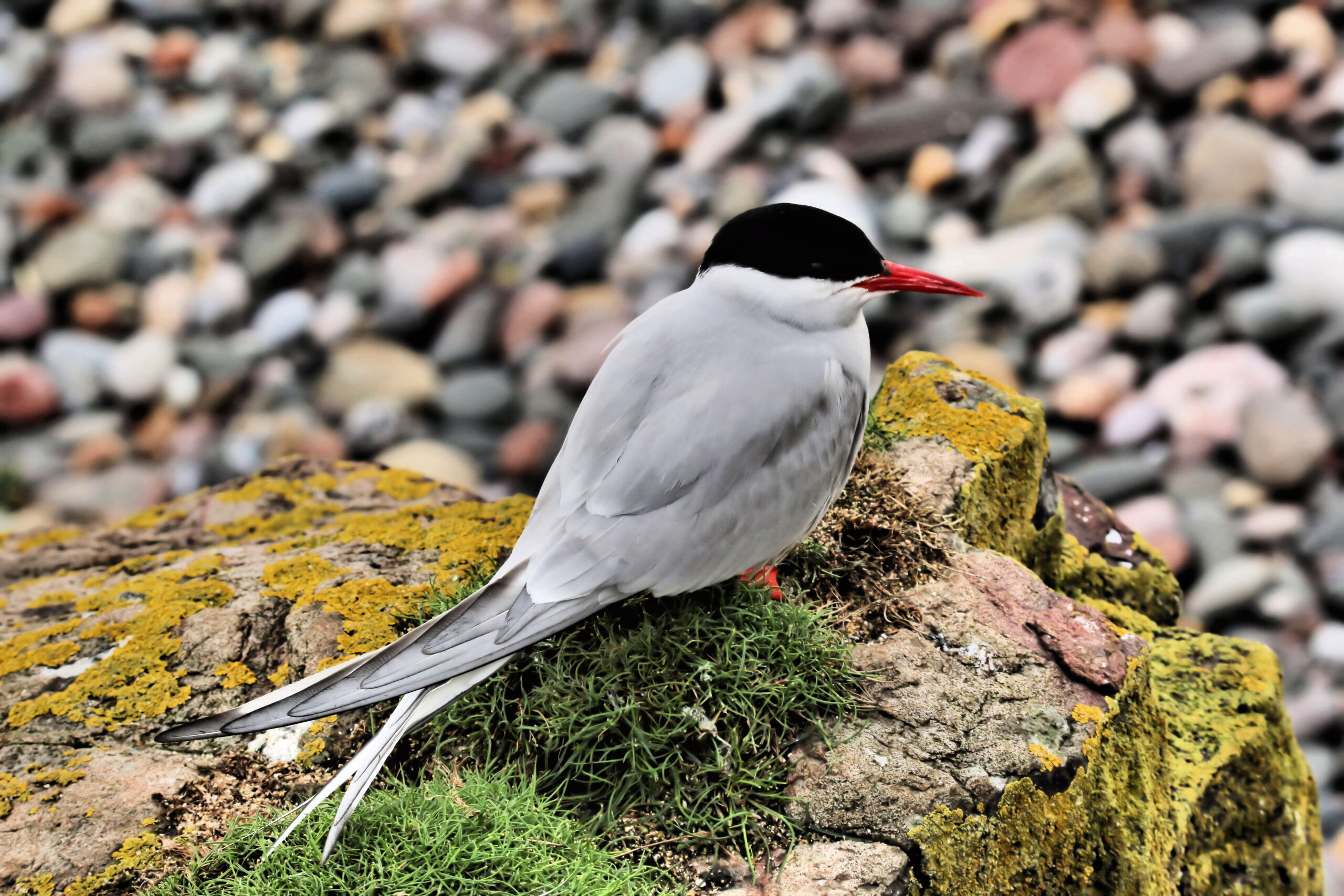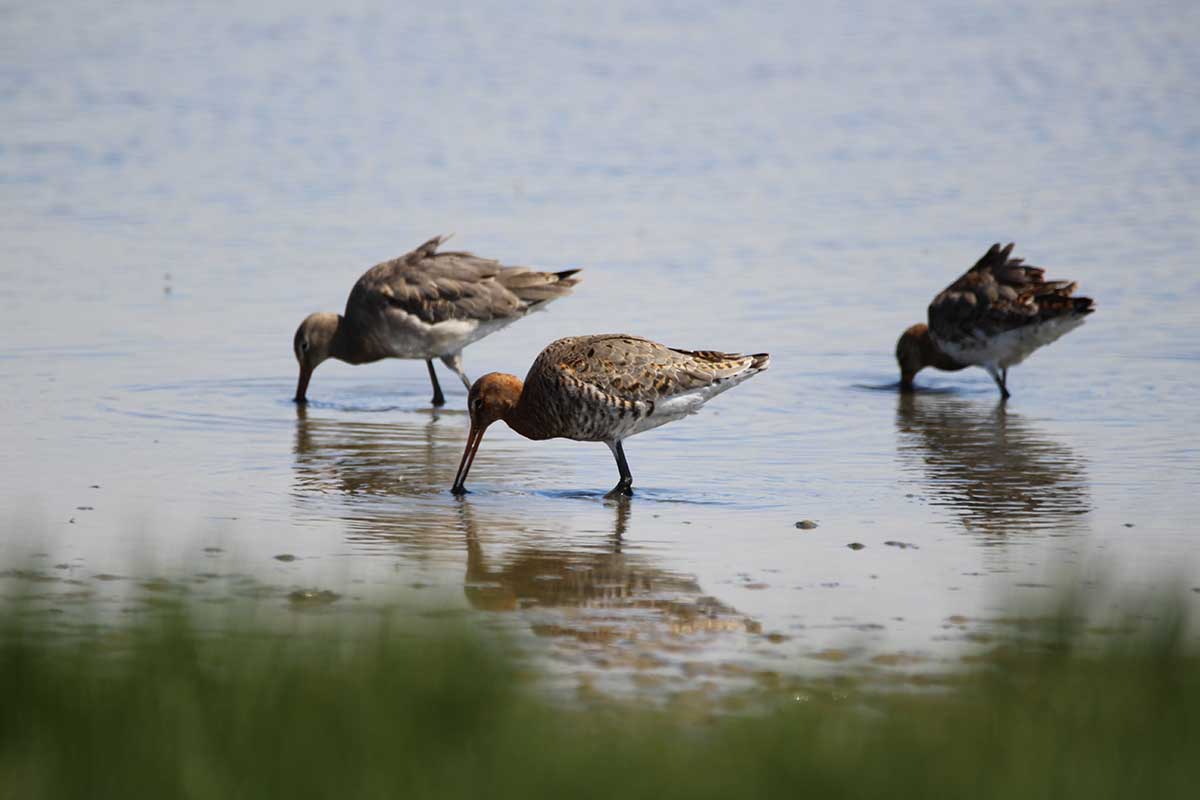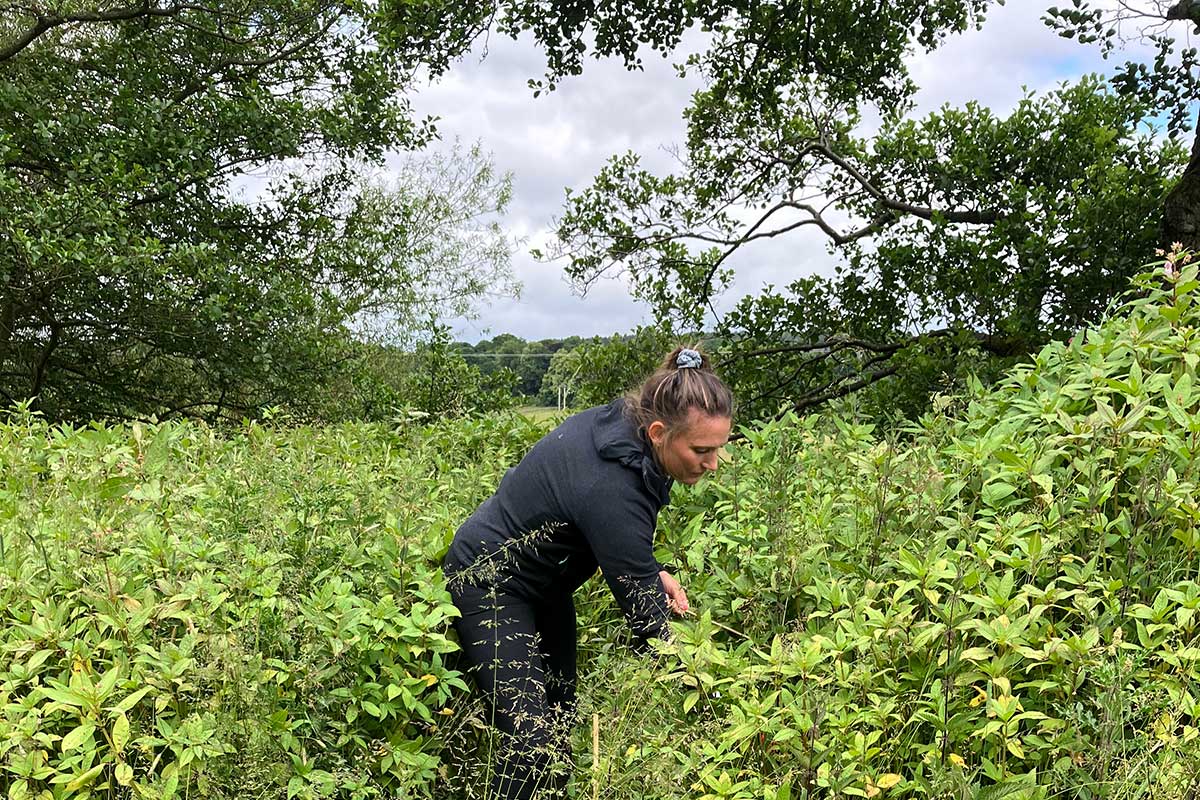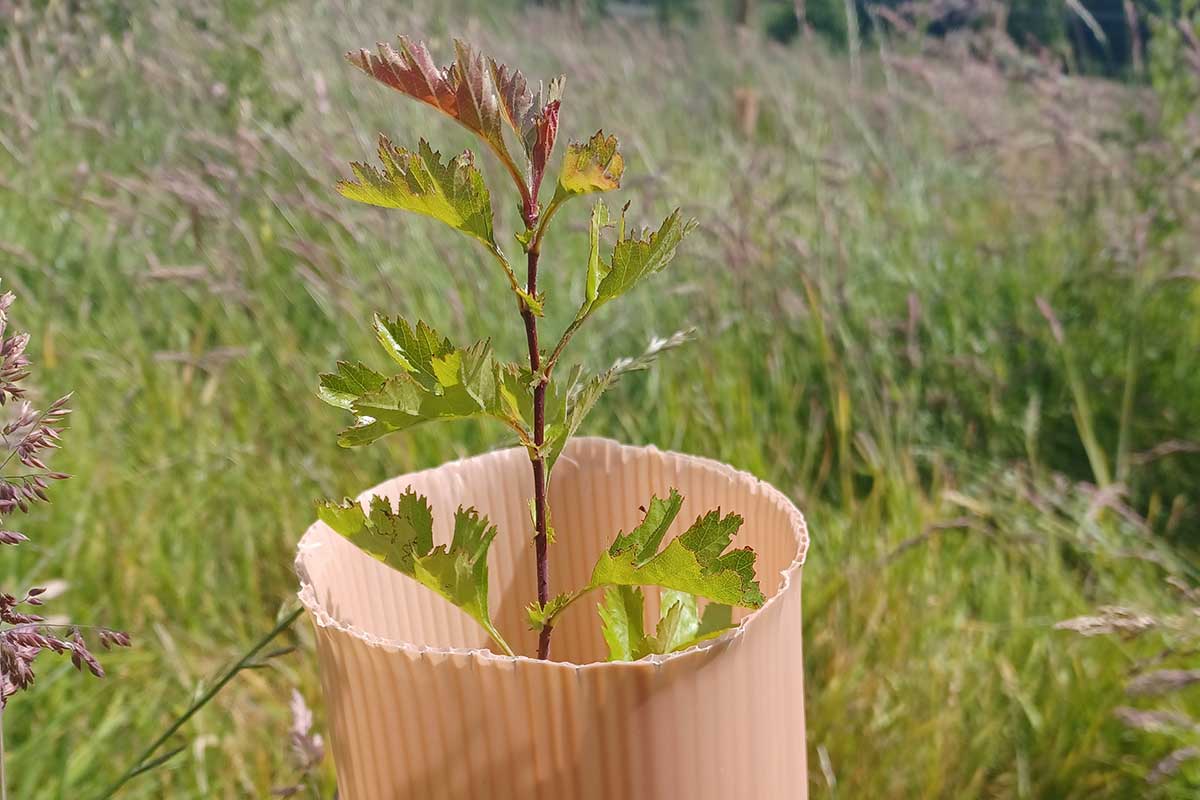Fresh water is the lifeblood of nature, and all UK wildlife depends on it. We also need it to drink, grow our crops and for recreation. Dirty water is dangerous and expensive to clean. Sadly, our freshwater systems are in trouble. As well as decades of development pressure, straightening, intensive farming and over-extraction, pollutants like sewage and chemicals are now entering these systems on a huge scale, leading to disease, bacteria and the excess growth of algae. Aquatic plants are being outcompeted, and fish and other life below the surface suffocated. Only 14% of English rivers are in good ecological health and in England and Wales, 60% of freshwater species are in decline – faster than in any other ecosystem.
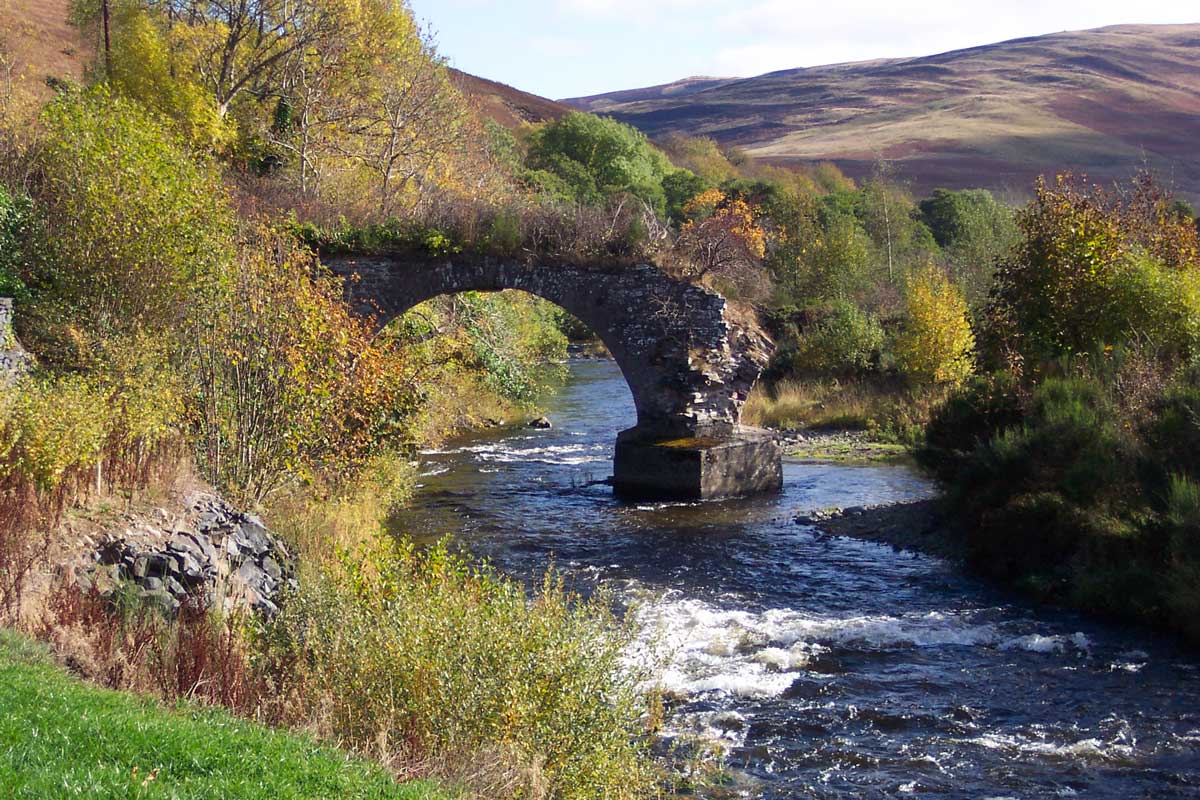
WADER is working to improve the water quality of the Tweed catchment. The River Tweed (from an Old Celtic name meaning “border”) is 97 miles (156 km) long and flows east across the Scottish Borders and into northern England. The total catchment area is 5000 sq kilometres with 4300 sq kilometres in Scotland and 680 sq kilometres in England. The Tweed is one of the great Salmon rivers of Europe and one of the UK’s most important, highly designated and inspirational river corridors.
Despite efforts by the agricultural sector and investment by water companies to reduce nitrate leaching, diffuse pollution levels are very high across the Tweed. In particular, high levels of nitrates are causing excessive growth of macro algae on the estuary and further down the coast, within the Lindisfarne National Nature Reserve (NNR).
WADER is undertaking scientific modelling to get a better understanding of the hydrology of the Tweed catchment and how factors such as topography, soils, geology and land use influence levels of diffuse pollution. This will enable the project to target diffuse pollution hotspots more accurately.
WADER is planting new swathes of trees along river corridors, creating new reed beds and forming new areas of wetland. This will deliver multiple benefits for water quality, flood risk management, carbon capture, biodiversity and nature recovery. In tandem, the project is delivering an education programme for school children, “The Tweed Story”, to raise awareness of the importance of the river and its ecology. Outreach work of this type is vital for long-term sustainability and for keeping the WADER legacy alive.
Previously, organisations may have worked individually to deliver these outcomes, but WADER is combining skills and funding so that a landscape-scale, holistic approach can be taken, delivering much more for the environment.
